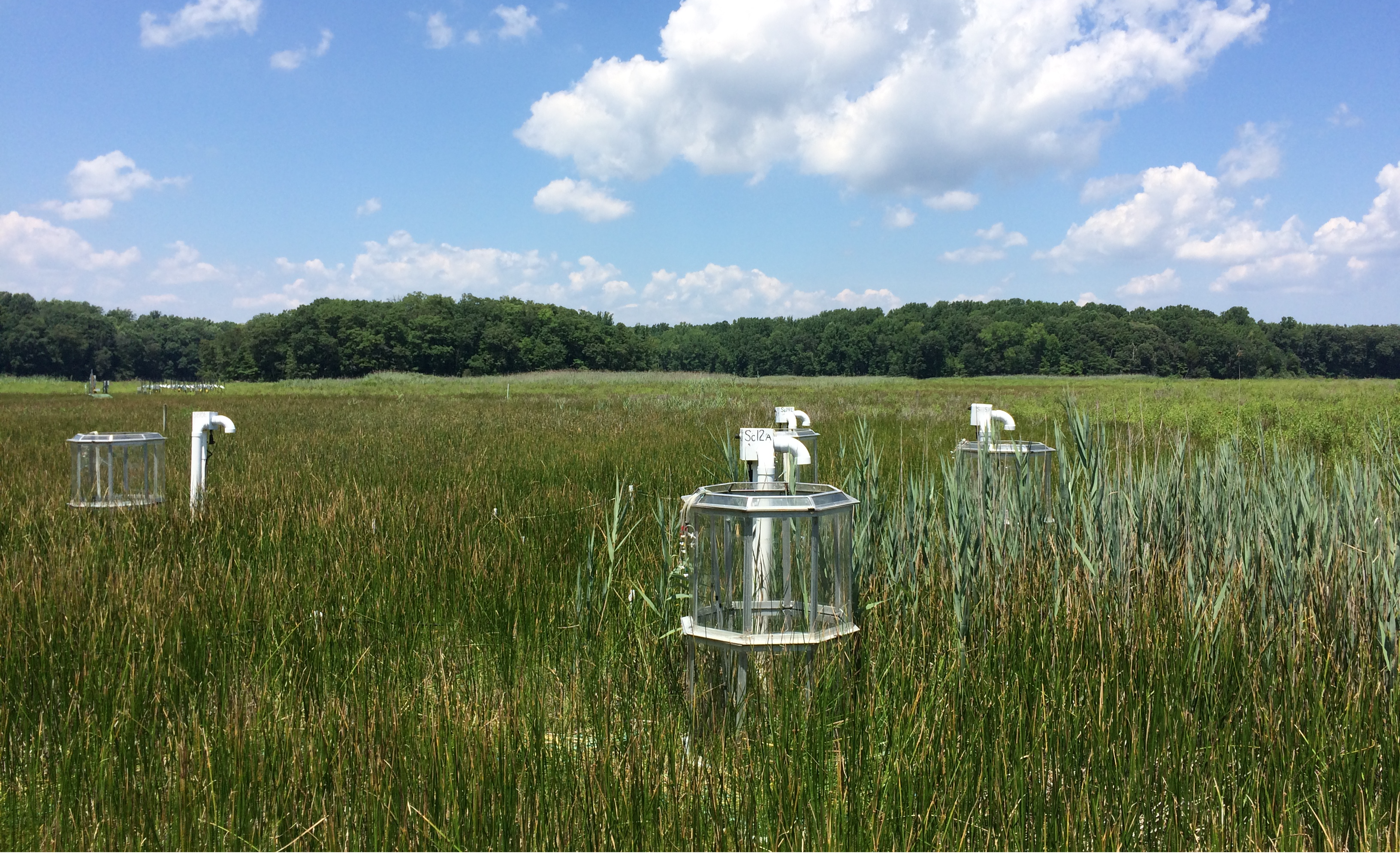Distinct drivers of two fractions of operationally dissolved iron in a temperate river
Logozzo, L., J.D. Hosen, J. McArthur, P. Raymond
Apr 2023 · Limnology & Oceanography

Riverine dissolved iron (Fe) affects water color, nutrients, and marine carbon cycling. Fe size and coupling with dissolved organic matter (DOM), in part, modulates the biogeochemical roles of riverine Fe. We used size fractionation to operationally define dissolved Fe (< 0.22 μm) into soluble (< 0.02 μm) and colloidal (0.02–0.22 μm) fractions in order to characterize the downstream drivers, concentrations, and fluxes of Fe across season and hydrologic regime at the freshwater Connecticut River mainstem, which we sampled bi-weekly for 2 yrs. Drivers of colloidal and soluble Fe concentrations were markedly different. The response of colloidal Fe concentration to changes in discharge was modulated by water temperature; colloidal Fe decreased with increasing discharge at temperatures < 10.5°C, but increased with increasing discharge at temperatures > 10.5°C. Conversely, soluble Fe concentrations were only positively correlated to discharge at high temperatures (> 20°C). Soluble Fe was strongly positively correlated to a humic-like DOM fluorescence component, suggesting coupling with DOM subsets, potentially through complexation. While average colloidal Fe fluxes varied twofold seasonally, soluble Fe fluxes varied ninefold; therefore, soluble Fe variability was more important to the overall dissolved Fe variability than colloidal Fe, despite lower concentrations. Seasonal Fe fluxes were decoupled from discharge: dissolved and soluble Fe fluxes were greatest in the fall, whereas discharge was greatest in the spring. Fluxes of soluble Fe, which may be more bioavailable and more likely to be exported to the ocean, were lowest in the summer when downstream biological demand is high, having implications for primary productivity and iron uptake.



